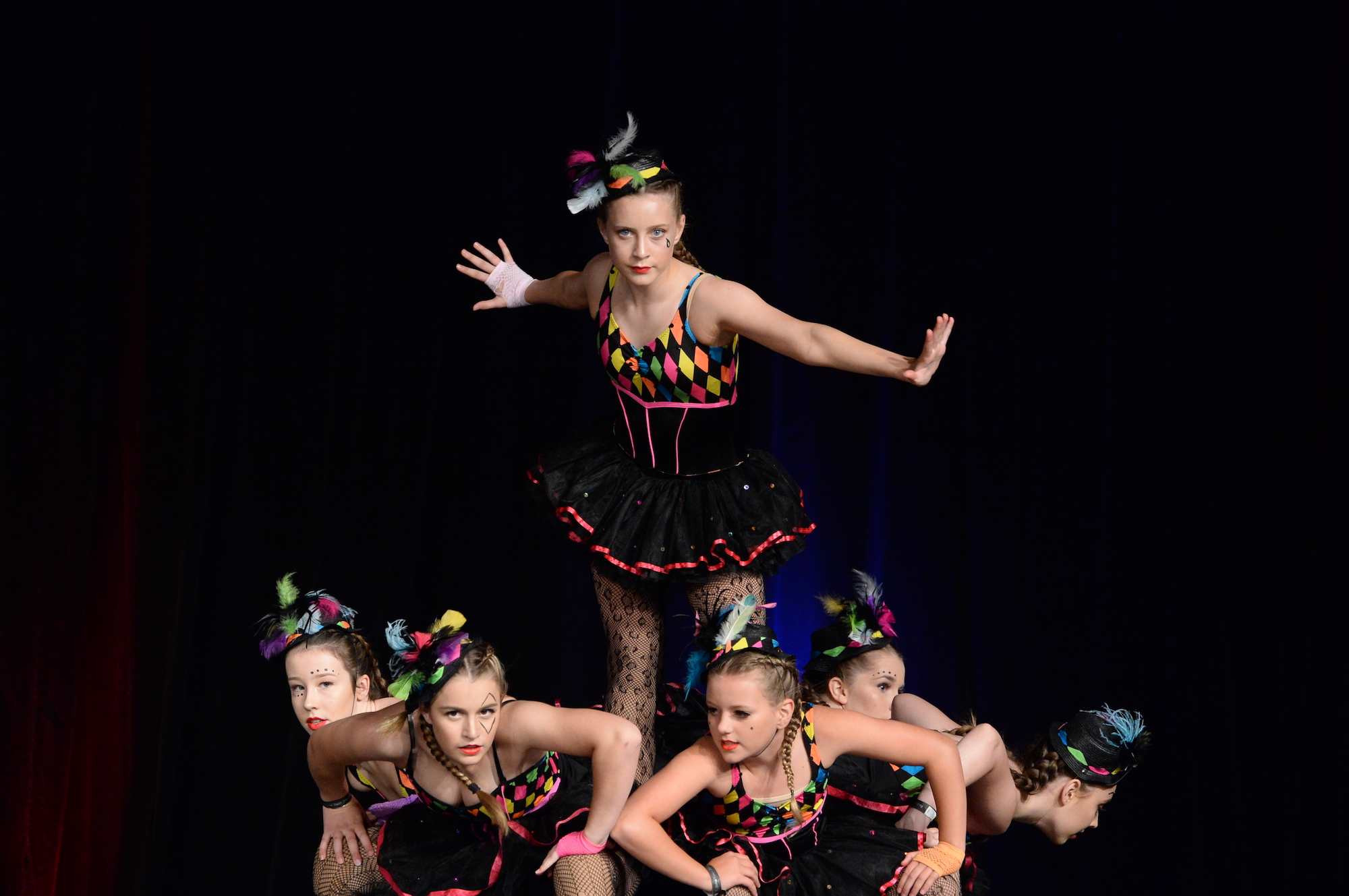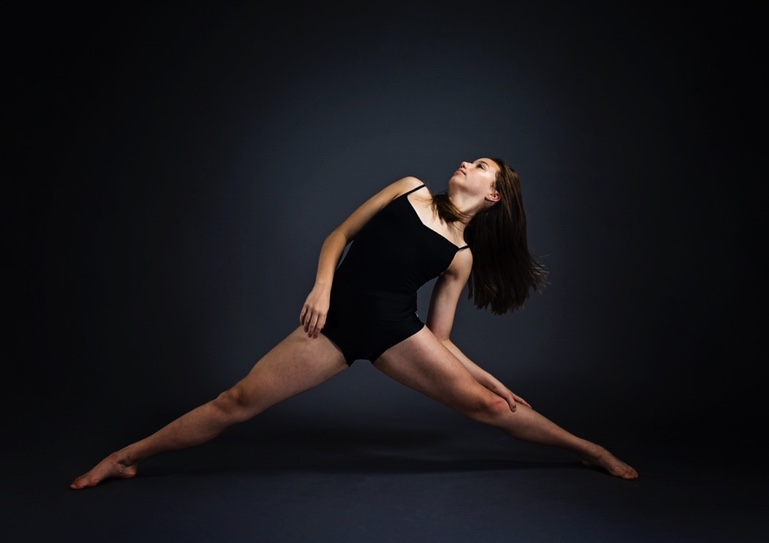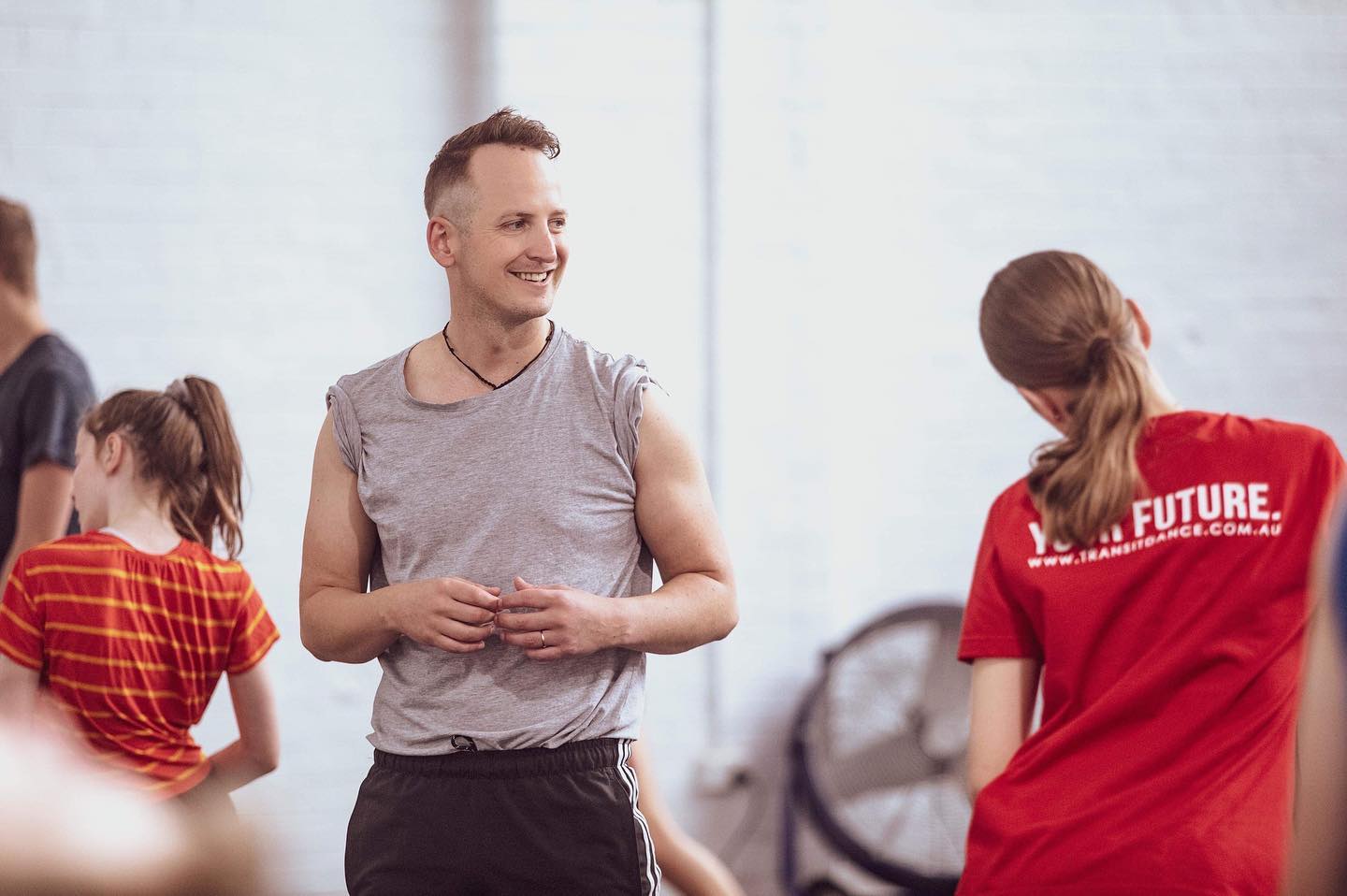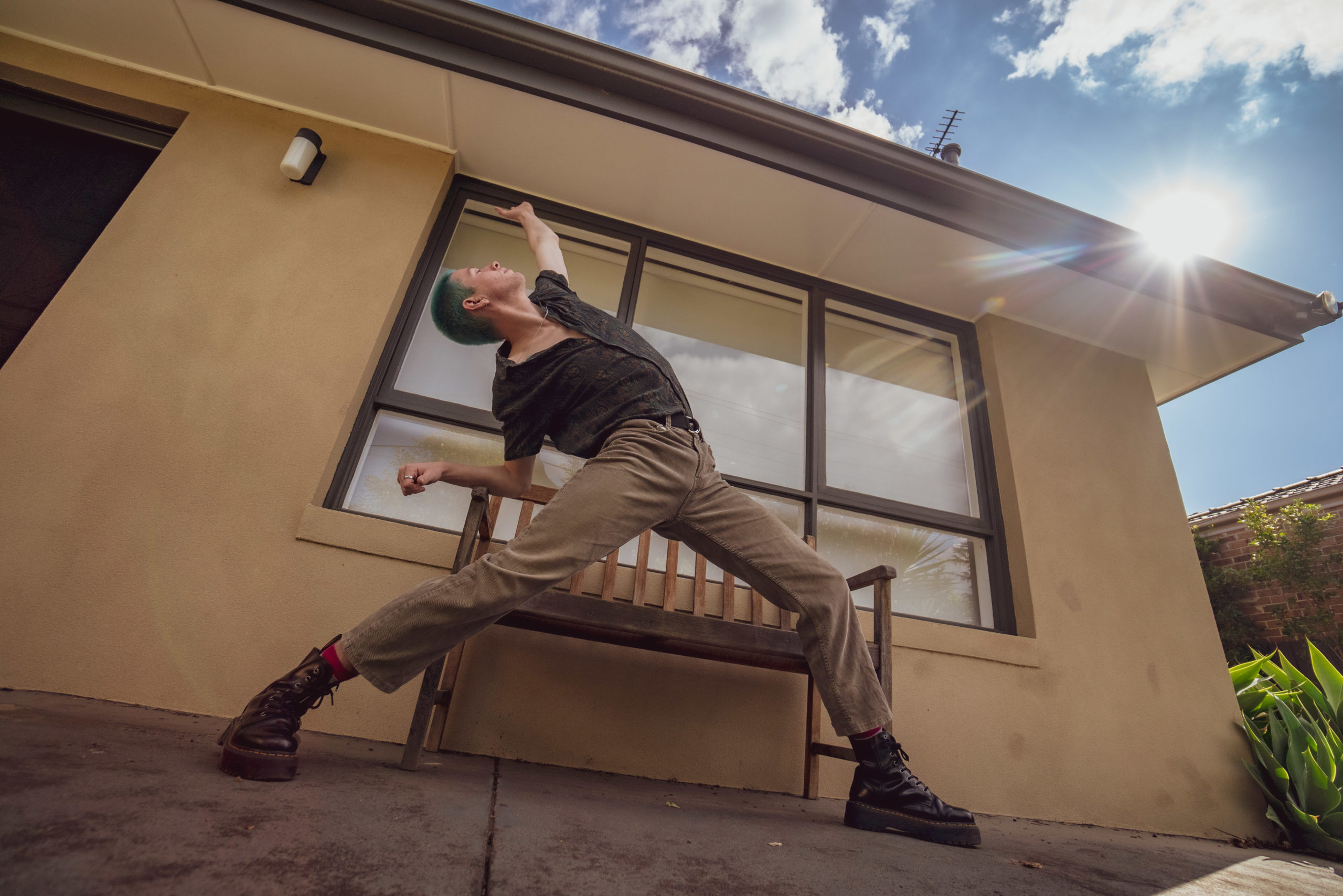

Are we numbing our children with instruction or nurturing them to innovation?
My daughters sashayed into their new dance studio, giggling and wide-eyed, excited to begin their new adventure. I followed, nervous smile fixed in place, uncomfortable and completely out of my depth. Visions of pointe shoes, tiaras and sparkly costumes filled my head. What is this world we’re about to enter?
Dance has taught me so much about the importance of taking care of the kids’ physical and mental wellbeing. The dancers want to learn, practice, and do well in their exams and competitions. They push themselves to be better at their chosen art. This level of drive is amazing to witness.
But we have to be careful. It’s so easy for kids to get lost in a world of perfectionism and trophy collection. Melbourne-based clinical psychologist, Courtney Fry, often sees clients in their late teens and early twenties who come from an elite dance/sports background. The childhood success stories become adults weighed down by self-doubt and anxiety.
“High parental expectation and criticism play a huge part in this process,” said Ms Fry.
“When a child feels they have to be good all the time, it takes away from their passion—their burgeoning creativity,” she added.
Ms Fry maintains that “Children who have a natural drive to achieve are highly susceptible to self-criticism and comparisons to others. When this is reinforced by their parents, it can have a marked psychological impact on their long-term identity and self-worth.”
My job, therefore, is to support my kids; to encourage their dreams and listen to their fears. To give them a cuddle and reassure them when they don’t place in a comp solo after working hard for months, or when they can’t master a step, or turn the wrong way in a performance. I am not there to push, criticise and correct.
When my eldest son started playing representative basketball, a more experienced parent gave me some great advice.
“After a game, don’t talk about it. Don’t criticise the refs or the other players. Don’t point out where your own kid went wrong. He already knows. Just listen and let him know how proud you are of him for playing the game.”
It is the same in the dance world. By all means, be involved and help where you can but leave the teaching to the teachers. They know when to challenge the dancer, and when it is time to consolidate their learning and let them rest.
Kids can tire, especially when they are growing quickly and their bodies are changing. Injuries can occur from dancers pushing growing bodies too far. Last year, my 11-year-old injured a tendon in her knee (Sinding Larsen Johansson Syndrome). Her physiotherapist explained it was “an overuse injury common to girls aged 11 to 13” and that, “when her growth plate fuses, which could take up to two years, she’ll be fine – unless she keeps dancing.”
My daughter’s problem arose just before her end of year concert and she couldn’t dance for eight weeks. She was devastated but, six months on, her knee is back to normal. More importantly, she has learned to listen to her body, be responsible for her recovery plan and is conscious of the need to take care of herself.
Tania Robins, studio owner, adjudicator and Transit Dance lecturer, is concerned with the potential for injury to dancers being pushed too far, too young.
A big believer in the safe dance movement, she explains “young dancers may be fit enough to try more senior choreography, but their muscular/soft tissue development may not be ready for advanced steps.” Tania likes to work in tandem with any specialists her dancers are visiting, ‘From a teacher’s perspective, they have to be careful not to do things their bodies aren’t ready for.’ She frowns, “It’s a real concern.” Dancers need time to rest, recover and recuperate.


My daughter Emma on the left with dancers Cooper and Jayda.
Like their bodies, the minds must also take time out. There is pressure to perform at their best at all times. It’s not just remembering choreography, it’s arm placement, emotion, the ‘perfect’ costume, connecting with their audience, pleasing an adjudicator and, in the case of troupe dancers, not letting down the other kids they dance with week after week. This is the world they choose and love; they know and feel the pressure, they do not need us to feed it.
I might be a dance mum, a basketball mum, and a school mum but, ultimately, I am a mum. My job is to nurture and care for my children. To look after their best interests and support their dreams. Being involved in their lives is essential, but it’s just as important to let them find their way, set their own pace and defer to the experts I engage to teach them the things I can’t.
My role is to be there. I help out around the studio, showing my kids the importance of being part of a community, that working together can achieve great things. I quietly support, I share their success and dry their tears. I admire their confidence and tenacity. I often shed a few tears when I see them perform, not because they’ve executed the routine properly, but because they are so brave to be up there in the first place.
I can honestly say that I’m proud to be a dance mum.
Sorry, the comment form is closed at this time.




